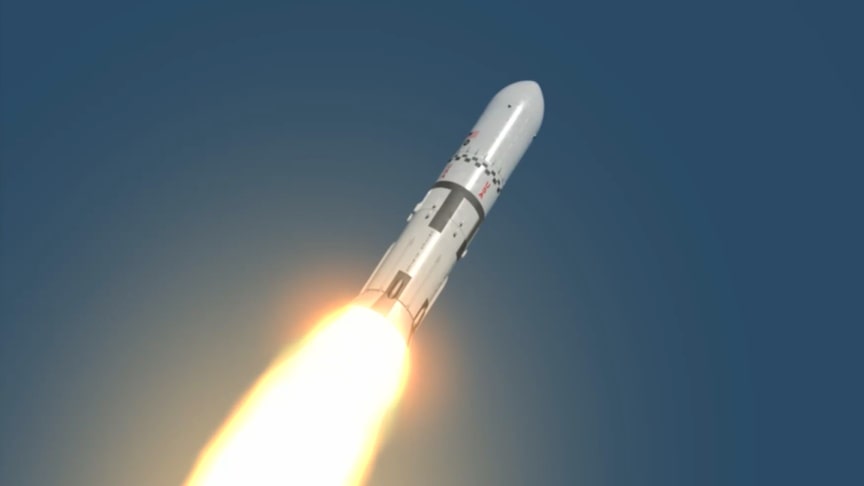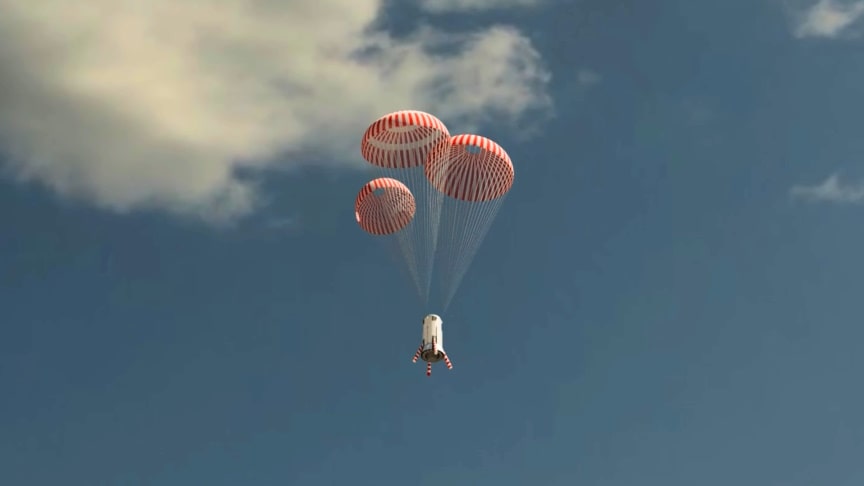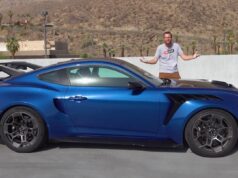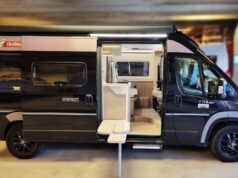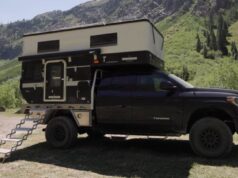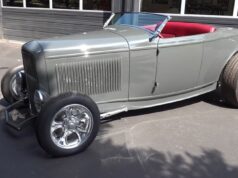Nova was a series of NASA’s rocket designs that were proposed both before and after the Saturn V rocket used in the Apollo program. Nova was NASA’s first large launcher proposed in 1958, for missions similar to what Saturn V was subsequently used for. The Nova and Saturn V designs closely mirrored each other in basic concept, power, size, and function. Differences were minor but practical, and the Saturn was ultimately selected for the Apollo program, largely because it would reuse existing facilities to a greater extent and could make it to the pad somewhat earlier.
source.image: Hazegrayart
During a series of post-Apollo studies in the late 1960s, considerations for a crewed mission to Mars revealed the need for boosters much larger than Apollo’s, and a new series of designs with as many as eight Rocketdyne F-1 engines were developed under the Nova name (along with the Saturn MLV). The image of the Nova C8 is commonly used as a representative of the entire Nova series, and many references to Nova refer specifically to these post-Apollo versions.
source.image: Hazegrayart
The two series of designs were, essentially, separate, but shared their name. Thus, “Nova” does not refer to a specific rocket design, just a rocket larger than the Saturn V in most cases. Nova was the name used by NASA in the early 1960s for a super booster in the 10 to 20 million pound thrust range.
By the end of 1963, NASA had shifted its focus away from the need for massive launch vehicles. Studies on the Saturn V had already commenced, showing that with solid strap-on boosters, it could deliver up to a million pounds into orbit without requiring new vehicles or facilities. More importantly, many at NASA envisioned the successor to the Saturn V as a reusable winged shuttle that could land on airstrips. Consequently, the Nova program was quietly cancelled in 1964.

